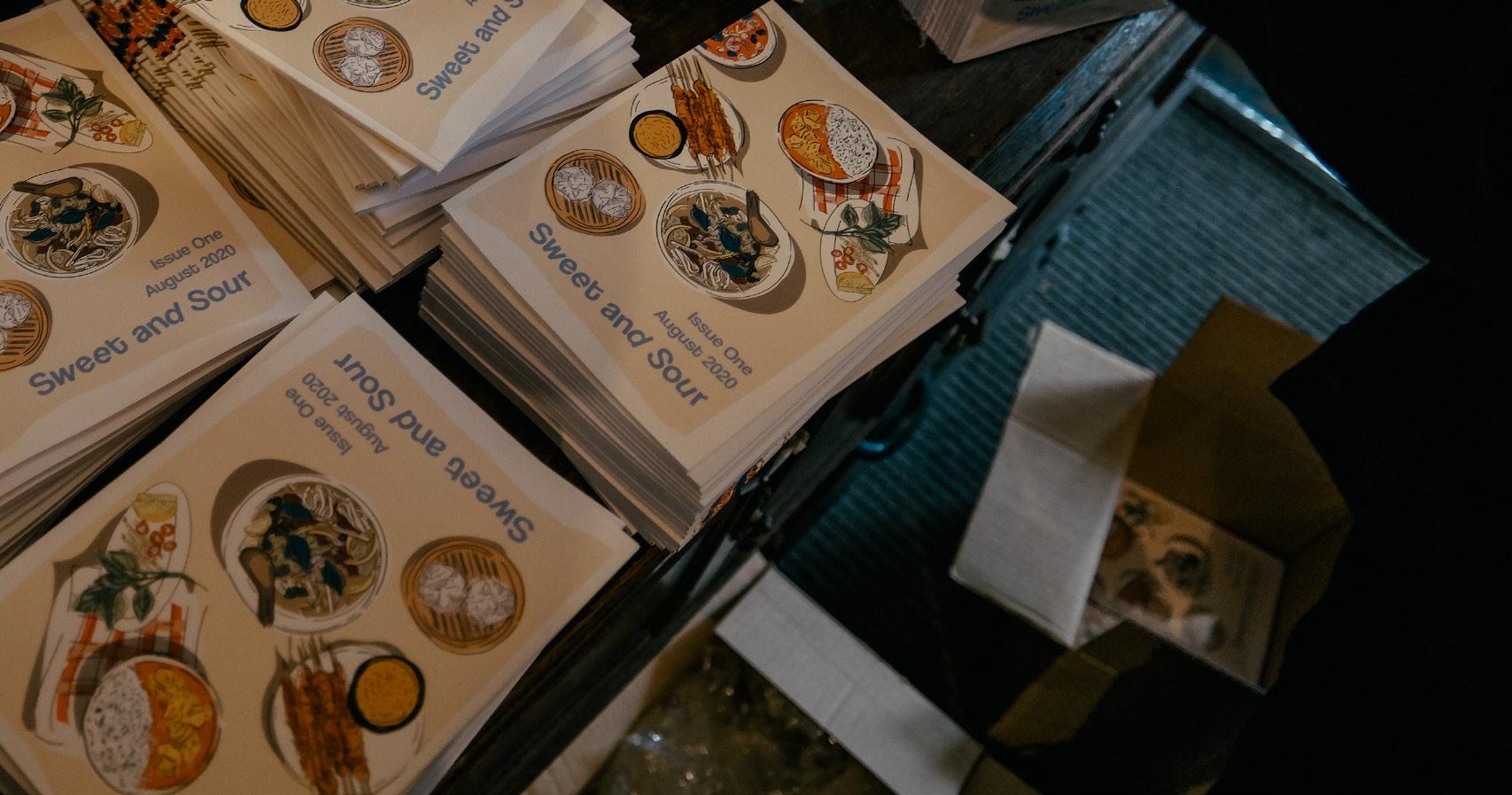ARTWORK: Eliza Williams
Hold the Applause By Queenie Ung-Lam CW: Sexual Harassment, Sexual Abuse
To mark the third anniversary of the landmark Australian Human Rights Commission (AHRC) report on sexual assault and sexual harassment on university campuses, the ANU hosted a summit on Respectful Relationships over Zoom on July 31st.. The summit discussed the ANU’s progress on the Sexual Violence Prevention Strategy (SVPS), a strategy that has taken three years to develop despite the urgency of the AHRC report. Indeed, what we cannot forget is that the AHRC report ranked the ANU as first across Australian universities for the percentage of students sexually harassed, and second for the percentage of students sexually assaulted. These statistics are deeply unsettling, cementing to current and future students that what should be a safe campus for all, devastatingly, is not. This truth remains relevant today, three years after the report’s publication. Disappointingly, but bringing no surprise to student activists, this has been consistently ignored by those representing the institution. True, the ANU has made a number of changes that strive to make the campus safer for its students, notably the creation of a Respectful Relationships unit alongside an Online Reporting Tool. Nonetheless, the achievement of these two changes over the course of three years, is frankly, abysmal. It is a nod to the fact that the ANU is merely focused on appeasing rightfully angry student activists instead of taking the initiative to spearhead cultural change. This sentiment was crystallised when discussions during the summit were dominated by institutional heads all giving themselves and each other metaphorical pats on the back. The tone underpinning the summit was one of self-congratulation towards the ANU. It was a complete disjoint from the sombre spirit felt by student activists who knew that there were still students falling through the cracks due to the ANU’s delayed and often inadequate action against a backdrop of a slow change in systematic and institutional culture. What we needed from you, ANU, was not lip-service and self-congratulatory
comments, but self-reflection on the work that still needs to be done. In an open letter to the ANU, ANUSA representatives outlined seven key recommendations for the path forward in creating a safer campus for all students. What struck me in these recommendations was that student activists needed to ask that the ANU commit to “not only accepting, but also actively seeking out, student feedback and cooperation with student leaders across campus”. Such a demand seems obvious and should be inherent to any working relationship between a university and its students. But the condescending and often patronising tone that the heads of the ANU adopted when talking to students during the summit is a more accurate depiction of how the institution views their students’ activism. The potent combination of self-congratulation and assertion of institutional superiority, effectively, pulling ‘rank’ of staff over students, actively devalues and delegitimises rather than illuminates the tireless and hidden work of student activists. An alarming precedent is thus set where current and future activists cannot rely on their university for the crucial networks of trust and support. The ANU is not only failing survivors of sexual assault and sexual harassment through slow institutional and systematic change. They are also failing the past and current students who work voluntarily in this area to regain the fundamental rights of safety for all students. In some cases, they are failing those who intersect across the two. The safety and protection of all students should never be an afterthought, nor a burden that is shouldered singularly by the young adults who enroll in the ANU because they believe in the institution’s ability to provide a safe space to learn, collaborate and grow. When the ANU treats it as such, they are failing all students. Let us hold off on the applause then, shall we?
13.























